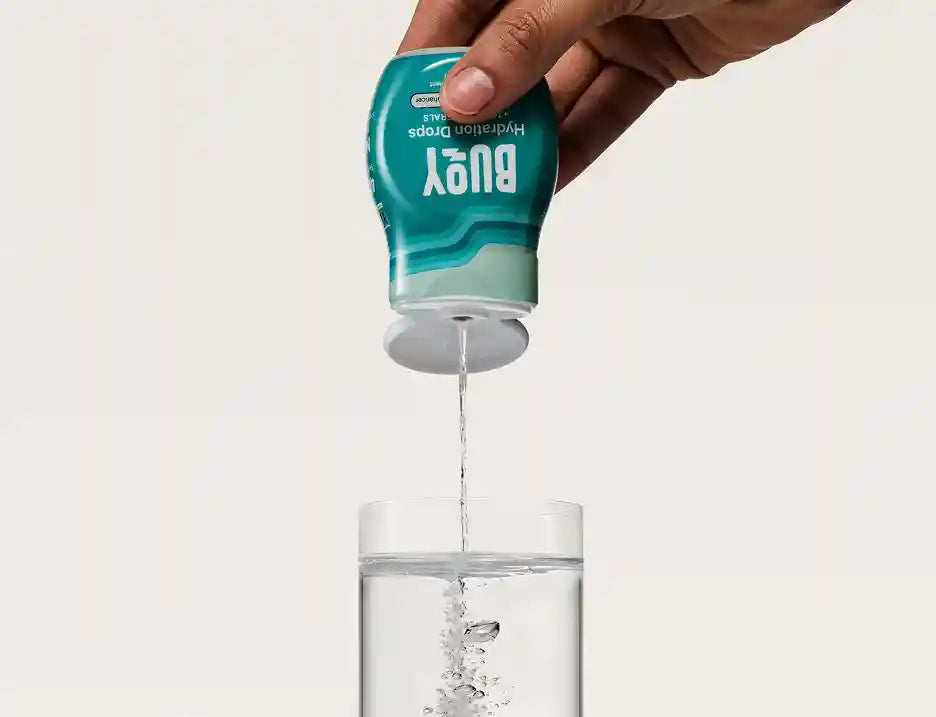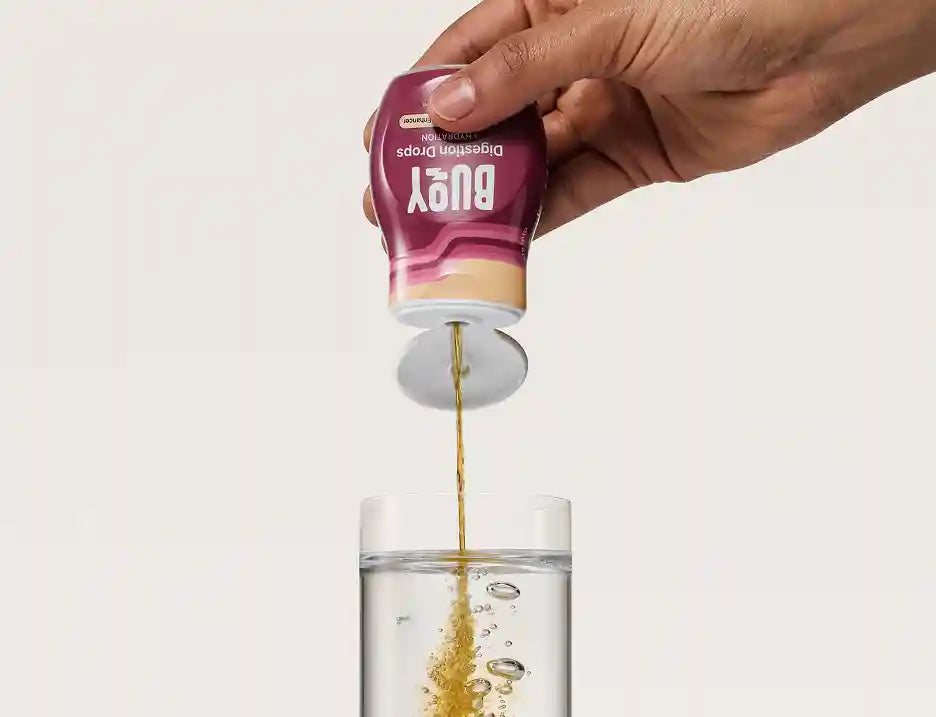
How Do You Know If You Have Hyperadrenergic POTS? Signs, Diagnosis, and Treatment
For those living with Postural Orthostatic Tachycardia Syndrome (POTS), understanding your specific subtype can be crucial for effective management. Hyperadrenergic POTS, characterized by an overactive sympathetic nervous system, presents its own unique set of challenges and symptoms.
If you’ve found yourself bewildered by symptoms that don’t seem to make sense, you’re not alone. Recognizing the specific traits of hyperadrenergic POTS could be the key to unlocking the right management strategies for you.
But how do you know if you have hyperadrenergic POTS? And what sets it apart from other POTS subtypes?
Essential Takeaways:
- Recognizing Hyperadrenergic POTS: Hyperadrenergic POTS involves an exaggerated response from the sympathetic nervous system, leading to increased heart rate, high blood pressure, and elevated norepinephrine levels when standing.
- Diagnosing Hyperadrenergic POTS: Proper diagnosis involves specific tests like the tilt table test and catecholamine level measurements. These tests help distinguish hyperadrenergic POTS from other subtypes and conditions.
Let’s explore the signs, diagnostic process, and treatment options for this form of POTS.
- What is Hyperadrenergic POTS?
- Symptoms of Hyperadrenergic POTS
- How is Hyperadrenergic POTS Diagnosed?
- Managing Hyperadrenergic POTS: Treatment Options
- Differentiating Hyperadrenergic POTS from Other Subtypes
- When to Seek Help for Hyperadrenergic POTS Symptoms
- Get the Right Diagnosis for Hyperadrenergic POTS
What is Hyperadrenergic POTS?
Hyperadrenergic POTS is a subtype of POTS that involves an exaggerated response from the sympathetic nervous system. Unlike other forms of POTS, such as neuropathic or hypovolemic POTS, hyperadrenergic POTS is characterized by:
- Elevated norepinephrine levels when standing
- Increased heart rate upon standing (like other forms of POTS)
- High blood pressure when upright (which is not typical in other POTS subtypes)
This overactivity of the sympathetic nervous system can lead to a range of symptoms that may differ from those experienced by people with other types of POTS.¹
The Genetic Link
Sometimes, the way our bodies react to this type of POTS is influenced by our genes. Recent research shows that the COMT Val158Met gene variation can affect how severe the symptoms are and how well treatment works.² This insight helps us understand why some treatments might work better for some people than others.
For more detailed information on how genetics can affect POTS, check out our blog post: Is POTS Genetic? Exploring the Genetic Factors.
Other Triggers and Comorbidities
Certain life events and health conditions might influence the onset or exacerbation of hyperadrenergic POTS symptoms. For instance, changes such as pregnancy or recovering from an infection could trigger symptoms.
Those with this subtype of POTS often experience comorbid conditions like hypertension and migraines. Recognizing these factors can be crucial for managing the condition effectively.
For more on common conditions that often accompany POTS and how to manage them, read our guide to Understanding POTS Comorbidities.
Symptoms of Hyperadrenergic POTS
Recognizing the unique symptoms of hyperadrenergic POTS is the first step towards proper diagnosis and treatment. While some symptoms overlap with other POTS subtypes, there are distinct signs to watch for:
- Dramatic increase in heart rate when standing (30+ beats per minute, which is common in all POTS subtypes)
- High blood pressure upon standing (unlike the low blood pressure seen in other POTS subtypes)
- Anxiety-like symptoms, such as tremors and restlessness
- Excessive sweating
- Pale or flushed skin
- Chest pain or palpitations
- Headaches or migraines
- Gastrointestinal issues¹
Remember, everyone's experience with POTS can be different. If you're experiencing these symptoms, it's important to consult with a healthcare provider for proper evaluation.
Buoy Quick Tip: Keep a symptom diary to track your experiences, including when they occur and what makes them better or worse. This information can be invaluable when discussing your condition with healthcare providers.
Recognizing these symptoms is the first step. Next, let’s look at how doctors confirm a diagnosis of hyperadrenergic POTS. For a comprehensive list of symptoms and tips on managing your health, check out our POTS Symptoms Checklist.
How is Hyperadrenergic POTS Diagnosed?
Diagnosing hyperadrenergic POTS involves a series of specific tests designed to measure your body's response to positional changes. Here's what you can expect during the diagnostic process, including specific testing for hyperadrenergic POTS:
- Tilt Table Test: This test measures changes in your heart rate and blood pressure when moving from a lying to standing position. For hyperadrenergic POTS, doctors look for a significant increase in both heart rate and blood pressure.
- Catecholamine Level Measurement: This blood test measures levels of stress hormones like norepinephrine while lying down and standing. In hyperadrenergic POTS, there's typically a substantial increase in these hormones upon standing.
- 24-Hour Urinary Catecholamine Test: This test can help confirm consistently elevated norepinephrine levels throughout the day.
- Differential Diagnosis: Your healthcare provider may also conduct other tests to rule out different POTS subtypes or other conditions. This might include tests like the QSART (Quantitative Sudomotor Axon Reflex Test) for neuropathic POTS.¹
Diagnosing hyperadrenergic POTS requires a comprehensive approach involving multiple tests. These diagnostic procedures help healthcare providers accurately identify this specific subtype of POTS, enabling them to develop targeted treatment plans for better symptom management.
Managing Hyperadrenergic POTS: Treatment Options
Once diagnosed, managing hyperadrenergic POTS often involves a combination of lifestyle changes and medical interventions. Here are some common treatment approaches:
- Lifestyle Modifications: Increasing salt and fluid intake, using compression garments, and implementing a graduated exercise program can help manage symptoms.
- Medications: Beta-blockers or alpha-2 agonists like clonidine may be prescribed to help regulate heart rate and blood pressure.
- Stress Management: Since stress can exacerbate symptoms, techniques like mindfulness, deep breathing, and cognitive behavioral therapy can be beneficial.
- Proper Nutrition: A balanced diet rich in electrolytes can help maintain proper hydration and blood volume.¹ Learn more about nutrition for POTS in our POTS Diet and Nutrition Guide.
- Emerging Treatments: Some new research shows that vitamins called methylated B vitamins might help some people with hyperadrenergic POTS, especially those with a certain genetic makeup.² Discussing these options with your healthcare provider could provide additional ways to manage your symptoms.
Treatment for hyperadrenergic POTS can be particularly challenging, as symptoms often resist standard treatment protocols. Many patients find that they need a personalized approach, possibly involving multiple therapies to manage their symptoms effectively.
This might include adjustments in medication, lifestyle changes, and possibly incorporating strategies like increased salt and fluid intake.
Buoy Quick Tip: Daily management of hyperadrenergic POTS requires careful lifestyle adjustments and adherence to treatment plans. Regular hydration, the use of compression garments, and physical therapy can help stabilize symptoms. It’s also important to keep a detailed symptom diary and communicate regularly with your healthcare provider to tailor your treatment plan as needed.

A nutrient-rich diet with foods high in antioxidants and electrolytes can be part of a comprehensive approach to managing hyperadrenergic POTS symptoms.
Differentiating Hyperadrenergic POTS from Other Subtypes
Understanding how hyperadrenergic POTS differs from other subtypes can help you and your healthcare provider determine the most effective treatment approach. Here's a quick comparison:
- Hyperadrenergic POTS: Characterized by high norepinephrine levels and often high blood pressure upon standing.
- Neuropathic POTS: Involves nerve damage and is often associated with low blood pressure upon standing.
- Hypovolemic POTS: Related to low blood volume and is typically accompanied by low blood pressure when upright.
Each subtype may require different treatment approaches, which is why accurate diagnosis is so important.¹
Learn more about POTS, including the other subtypes in our comprehensive beginner’s guide to Postural Orthostatic Tachycardia Syndrome (POTS).
When to Seek Help for Hyperadrenergic POTS Symptoms
If you’re experiencing symptoms that suggest hyperadrenergic POTS, it’s important to consult with a healthcare provider. Consider seeking medical attention if you notice:
- Symptoms are significantly impacting your life
- A sudden onset or worsening of symptoms
- Severe anxiety or panic-like symptoms related to your physical symptoms
- A persistent increase in heart rate upon standing
- Frequent episodes of dizziness or near-fainting
- Chronic fatigue that interferes with daily activities
- Anxiety-like symptoms that seem tied to positional changes
Early diagnosis and treatment can significantly improve your quality of life and help prevent the progression of symptoms. Don’t hesitate to reach out to a healthcare provider experienced in treating POTS if you're concerned about your symptoms.
Differential Diagnosis and Additional Tests
To rule out other POTS subtypes or related conditions, your healthcare provider may recommend testing for hyperadrenergic POTS, such as:
- QSART (Quantitative Sudomotor Axon Reflex Test): This test assesses small fiber neuropathy and is often used to diagnose neuropathic POTS.
- Skin Punch Biopsy: Another test used to evaluate small fiber neuropathy in cases of suspected neuropathic POTS.
- Blood Volume Assessment: To check for hypovolemia, which is characteristic of hypovolemic POTS.
- Autonomic Function Tests: These may include heart rate variability tests or the Valsalva maneuver to assess autonomic nervous system function.
- Echocardiogram: To rule out structural heart problems that could cause similar symptoms.
- Thyroid Function Tests: To exclude hyperthyroidism, which can mimic some POTS symptoms.¹
It’s crucial to work with a healthcare provider experienced in diagnosing and treating POTS to ensure accurate diagnosis. They can interpret these test results in the context of your overall health and symptoms to determine if you have hyperadrenergic POTS or another condition.
While these tests are important for diagnosis, your clinical symptoms and overall health picture will also play a significant role in determining your diagnosis and treatment plan.
Buoy Quick Tip: Research indicates that consuming 2 cups (16 ounces) of cool water can potentially help stabilize your blood pressure and reduce your heart rate.³
Get the Right Diagnosis for Hyperadrenergic POTS
Understanding and identifying hyperadrenergic POTS is crucial for effective management. By recognizing the unique symptoms and seeking proper diagnostic tests, you can work with your healthcare team to develop a targeted treatment plan.
Living with Hyperadrenergic POTS
Remember, while living with hyperadrenergic POTS can be challenging, with the right approach, many people successfully manage their symptoms and lead fulfilling lives. Don’t hesitate to reach out to a POTS specialist if you suspect you might have this condition.
Learn More About POTS Management
Want to learn more about managing POTS? Explore our collection of POTS Guides for the latest research, management strategies, and lifestyle tips.

References:
-
Kanjwal, K., Saeed, B., Karabin, B., Kanjwal, Y. & Grubb, B. (2011). Clinical Presentation and Management of Patients with Hyperadrenergic Postural Orthostatic Tachycardia Syndrome. A Single Center Experience. Cardiology Journal, 18(5), 527–531. Retrieved from https://journals.viamedica.pl/cardiology_journal/article/view/21202/16806
-
Mittal, N., Portera, A. & Taub, P. (2021). Improvement of Hyperadrenergic Postural Orthostatic Tachycardia Syndrome (POTS) with Methylated B Vitamins in the Setting of a Heterozygous COMT Val158Met Polymorphism. BMJ Case Reports, 14(11), e245012. Retrieved from https://www.ncbi.nlm.nih.gov/pmc/articles/PMC8586883/
- Water Ingestion in Postural Orthostatic Tachycardia Syndrome: A Feasible Treatment Option? (2019). The Journal of Innovations in Cardiac Rhythm Management, 10(2), 3545–3551. Retrieved from https://www.ncbi.nlm.nih.gov/pmc/articles/PMC7252859/





